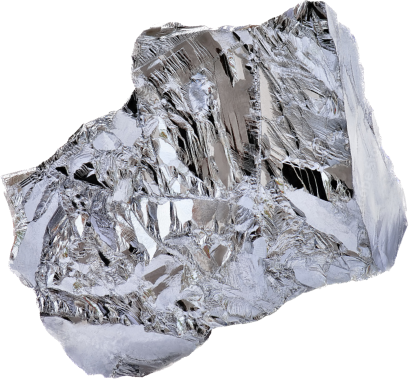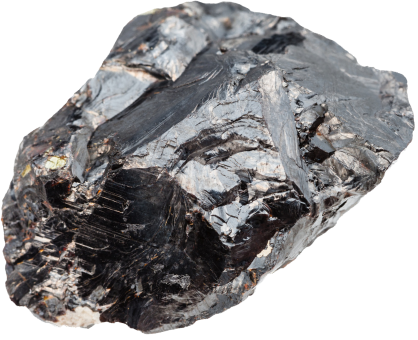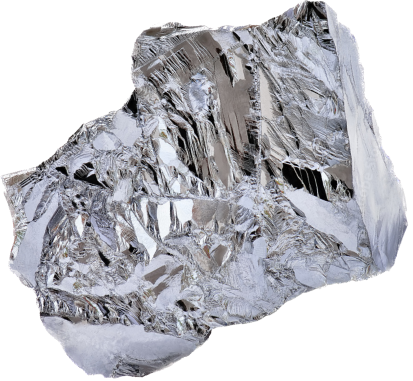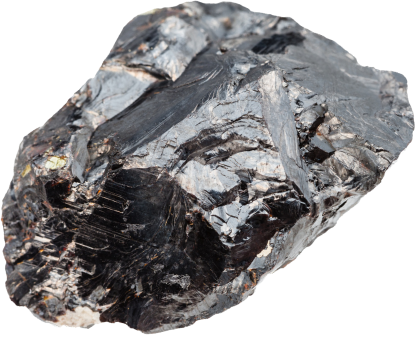What We Produce

Copper
The Kamoa-Kakula Copper Complex, located in the Central African Copperbelt, is the world’s fastest-growing, highest-grade, and lowest-carbon emitting, major copper mine. Additionally, or Platreef Mine along with Kipushi Mine and Western Forelands exploration project, contain significant copper resources.
Copper is seen as the “metal of electrification” and is essential to all energy transition plans. Despite its critical status the potential supply-demand gap is expected to be “very large” as the energy transition intensifies. Substitution and recycling will not be enough to meet the demands of electric vehicles, power infrastructure, and renewable generation.
According to research from S&P Global, copper demand is projected to grow from 25 million tonnes today to about 50 million tonnes by 2035, a record-high level that will be sustained and continue to grow to 53 million tonnes by 2050. The research firm notes that power and automotive applications will have to be deployed at scale by 2035 in order to meet the 2050 net-zero targets. The shortfall may reach as high as 9.9 million tonnes in 2035, which is based on a continuation of current trends in capacity utilization of mines and recycling of recovered copper. This would mean a 20% shortfall from the supply level required for the Net-Zero Emissions by 2050 target, per S&P Global.

Nickel
The Platreef Mine is poised to become one of the world’s largest and lowest-cost producers of nickel, with 2.4 billion pounds of indicated nickel resources.
Nickel is one of the most important metal alloys for production of stainless steel, and this demand is forecasted to increase. More important for the future, nickel is critical for the transition to green energy because of its ability to deliver high energy density and greater storage capacity at a lower cost than other metals. These properties make nickel essential for the development of cleaner technologies such as EV batteries, wind and solar power.
The first annual IEA Critical Minerals Market Review, released in 2023, showed that record deployment of clean energy technologies is propelling huge demand for nickel. From 2017 to 2022, the energy sector was the main factor behind a 40% rise in demand for nickel. Meanwhile, nearly 90% of planned nickel refining facilities are in Indonesia. According to industry research, global demand for nickel is on track to increase 44% by 2030 compared to that expected for this year, due to high demand for use in batteries that power renewable technology, including electric vehicles.

Platinum Group Metals
Ivanhoe Mines expects to become one of the world’s largest, lowest-cost producers of platinum group metals, primarily platinum, palladium and rhodium, as we expand our Platreef joint venture underground mine in South Africa. Platreef is expected to reach first production in Q3 2024.
Platinum, palladium and rhodium are critical metals used in vehicle pollution control devices, where they help convert toxic pollutants into carbon dioxide and water vapor. Platinum is also vital for zero emission hydrogen fuel cell technology. Hydrogen-related demand for platinum is expected to grow significantly over the next 15 years, reaching as much as 35 per cent of annual platinum demand by 2040, according to the CME Group.
According to the US Department of Energy, South Africa accounts for 54% of PGM production, followed by Russia at 26.9% and Zimbabwe at 7%. The World Platinum Investment Council (WPIC) expects the platinum market to see a 983,000-ounce deficit in 2023.

Zinc
Ivanhoe’s Kipushi zinc-copper project will be the world’s highest-grade major zinc mine, with an average grade of 36.4% zinc over the first five years of production. Mine construction began in September 2022.
Zinc, the fourth most consumed metal on earth, is used primarily to coat and protect steel from corrosion. Due to its fundamental roles in battery storage, wind and solar energy, and other green technology applications, zinc is categorized as a critical metal in both Canada and the U.S. Zinc also plays crucial roles in transportation, healthcare, infrastructure, consumer products, and food security.
Based on Trafigura Research and industry forecasts, annual demand for zinc is expected to grow by 20 per cent from where it is today. Despite projections for some zinc supply sources, there is an expected shortfall of about 10 per cent – the equivalent of 150 per cent of Australia’s entire mined zinc supply, and stands in contrast to a severely depleted zinc market that has been in deficit for most of the past decade.



 English
English Français
Français 日本語
日本語 中文
中文



;)
;)